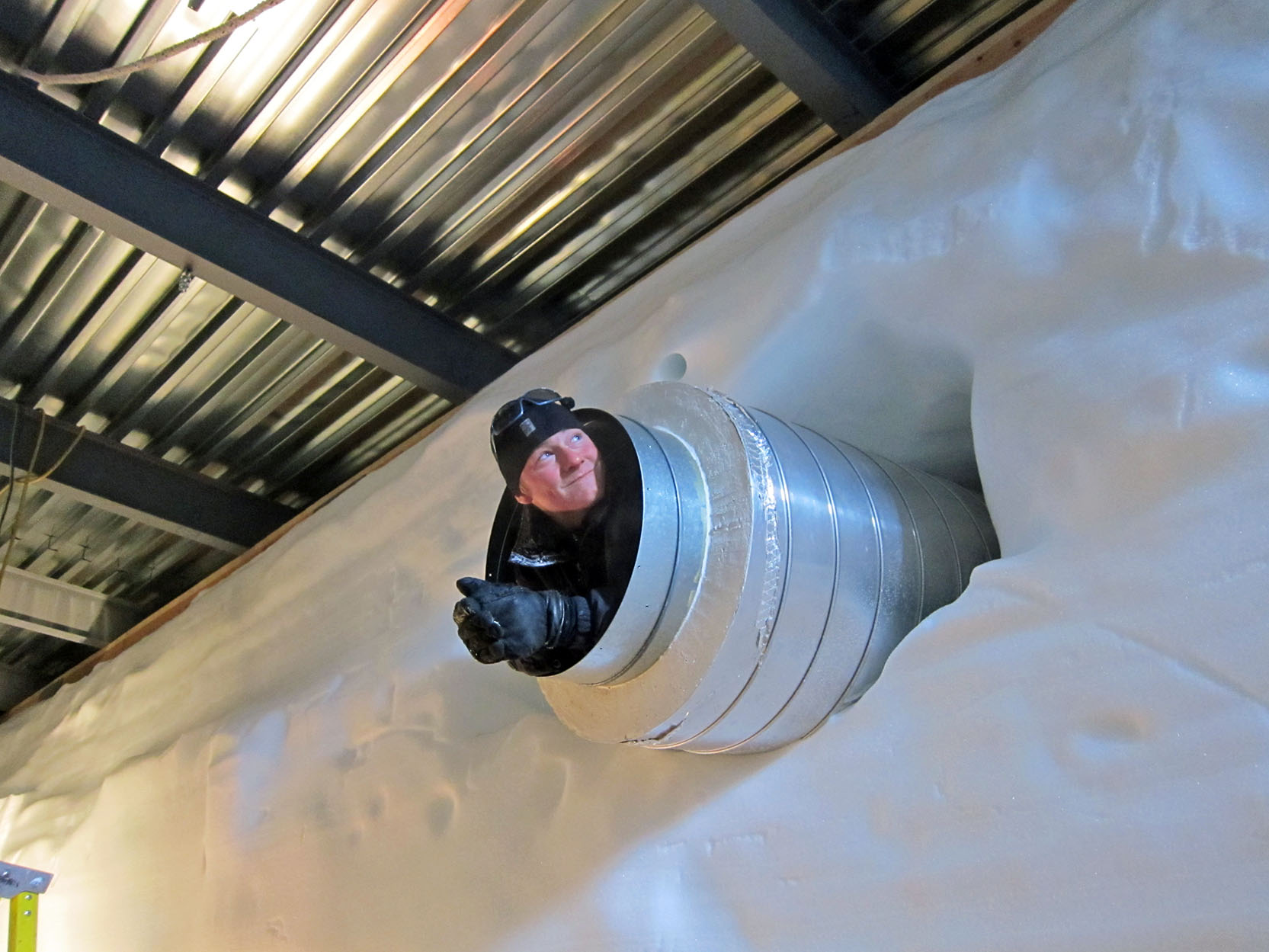
Whether he is designing a “water-breathing” battery to propel submarines or a fridge that cools using electrochemical reactions, Ian McKay comes up with ideas that are big, bold, and, in his words, “kind of crazy.” And sometimes—with the right chemistry and engineering to back them up—they work.
McKay started tinkering with such ideas when he transferred to MIT as an undergraduate and found himself surrounded by like-minded peers.
“I found that there was an incredibly vibrant community of people who didn’t care too much about the more traditional metrics of success,” he says. “There was almost one-upmanship to see who could be the craziest in MIT fashion of proposing the weirdest stuff.”
While McKay earned his MIT degrees in mechanical engineering, he was also drawn to chemical engineering.
“[Chemical engineering] sounds very, very specific, but if you want to be a generalist in practical science, it’s as all-encompassing as you get. You’re exposed to the chemistry, basic physics and biology, the mechanical stuff,” he explains. “I feel like it’s a really fertile ground for someone who mostly just wants to keep a wide stance to the world of ideas.”
McKay did just that at MIT. For his master’s project, he worked on developing a heat-charged system that served as a more efficient replacement for the heater and air conditioner in an electric car. He also began designing a battery that is more durable and stores more energy than commercially available batteries. This technology became the basis of the startup company Open Water Power, which he cofounded in 2013.
Now McKay is a PhD student in chemical engineering at Stanford, where he is developing cooling technology that uses electrochemical reactions like those in a battery. He hopes the technology can become a greener alternative to traditional refrigerators that leak hydrofluorocarbons, a potent greenhouse gas. He wants to work on the explosive potential of batteries, too.
“I want to make batteries that explode on purpose,” he says. “Like, say, an explosive that’s totally safe until you charge it up and then, all of a sudden, it’s useful.”
He is also eager to explore entirely chemical production of food, and he would like to figure out how to give an underwater battery gills so it can extract oxygen from water.
“I’m motivated mostly by a sense of scientific playfulness,” he explains. “It’s fun to rearrange ideas and think about how things might be different.”
Keep Reading
Most Popular
Large language models can do jaw-dropping things. But nobody knows exactly why.
And that's a problem. Figuring it out is one of the biggest scientific puzzles of our time and a crucial step towards controlling more powerful future models.
The problem with plug-in hybrids? Their drivers.
Plug-in hybrids are often sold as a transition to EVs, but new data from Europe shows we’re still underestimating the emissions they produce.
Google DeepMind’s new generative model makes Super Mario–like games from scratch
Genie learns how to control games by watching hours and hours of video. It could help train next-gen robots too.
How scientists traced a mysterious covid case back to six toilets
When wastewater surveillance turns into a hunt for a single infected individual, the ethics get tricky.
Stay connected
Get the latest updates from
MIT Technology Review
Discover special offers, top stories, upcoming events, and more.